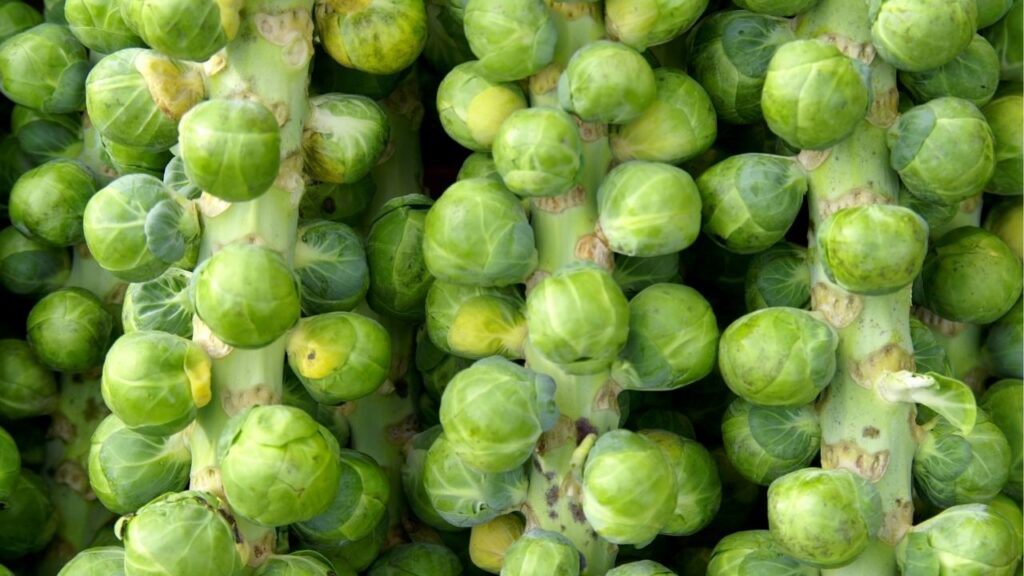Commercial dog foods are a convenient option for dog lovers and may be a good fit for your dog with cancer.
Key Takeaways
- Commercial dog food can be good for dogs if it is complete and balanced, made using healthy ingredients, and does not contain toxic ingredients or contaminants.
- Dogs with cancer should avoid unbalanced diets, raw diets, foods that contain toxic ingredients or contaminants, and foods that may encourage inflammation, like those cooked at high temperatures or containing excess starchy carbs.
- The best food for dogs with cancer is one that is complete and balanced, made of real food ingredients, and cooked at low temperature
- If a homemade diet is not complete and balanced, a commercial diet that is complete and balanced is better.
What Is a Commercial Diet?
Commercial diets are commercial dog foods that are formulated and produced in quantity for sale by pet food companies.
These companies range from large corporations with a huge market share down to small independent companies.
Producing food can be cost prohibitive, so some of these smaller businesses co-pack: they provide the recipe and then send it, along with the raw ingredients, to another company that owns the production and packaging equipment.
Types of Commercial Diet
There are many different types of commercial diets on the market.1 Let’s look at some of the most common.
Dry food (kibble)
As the name implies, this food has a low moisture content, at around 5-12%. Developed in the 1950s, kibble is processed at very high temperature and high pressure, then extruded (pushed) through a mold to form it into pieces.
Starch is a required ingredient to make the pieces hold their shape, so this type of food is generally high in carbohydrates, often 35% starchy carbs or higher.
The extruded pieces are dried completely, then sprayed with fats, vitamins, and minerals to replace the nutrients lost under the high-heat processing.
Sometimes palatants – compounds that add no nutritional value but improve flavor and encourage dogs to eat the food – are also added at this point.
Kibble is usually the least expensive commercial diet option.
Canned
This type of commercial dog food is produced by mixing and then heating the ingredients (at lower temperatures than for kibble), sealing the food in cans, then heating the cans again to sterilize them.
At or above 65% moisture, canned food provides more hydration for your dog than kibble and is usually lower in carbohydrates, although thickeners may be added for texture.
Canned food is usually quite palatable and attractive to many dogs. High-quality canned dog food is often the most expensive of all types of commercial diets – especially if the ingredients are human-grade.
There is concern for potential toxicity if the cans are lined with bisphenol A (BPA) or other compounds.
Semi-Moist
With a moisture level between dry and canned foods, semi-moist diets are extruded, but at lower temperatures and pressures than those used to make kibble.
After extrusion the food is cooled, but not dried. This results in a shelf-stable product typically packaged in pouches.
In the past, this category was generally less nutritious, full of sugars and preservatives, as well as moisture-retention agents like propylene glycol (which, at high levels, is toxic to dogs).
There are now some semi-moist diets available that include quality ingredients. This category is generally more expensive than kibble.
Raw
These commercial diets include uncooked ingredients and are sold fresh or frozen.
To kill as many bacteria as possible, they may be high-pressure pasteurized. They usually contain no chemical preservatives.
Raw commercial dog food is generally more expensive than kibble.
Dehydrated
This diet is similar to raw in that it includes uncooked ingredients and often no chemical preservatives. However, this diet is air-dried under low heat to remove moisture, which improves shelf life without causing as much nutrient loss as occurs under the high-heat and multi-step processing of dry food.
It must be rehydrated prior to feeding.
Freeze-Dried
Along the same lines as dehydrated diets, freeze-dried commercial diets use uncooked ingredients. Rather than heat, the diet is frozen, then placed under low pressure to remove moisture through ice sublimation (the ice evaporates from solid to vapor, bypassing melting into a liquid phase), which improves storage potential.
This type, too, must be rehydrated prior to feeding.
Pros and Cons of Commercial Dog Food Diets
As with many things, commercial diets have both advantages and disadvantages.
Pros:
- Convenience – no measuring or mixing, just open a can or bag
- Storage – bagged kibble can be labeled for use within as many as 18 months, canned diets might be up to 5 years
- Cost – some commercial diets (especially those using feed-grade, rather than human food-grade, ingredients) are less expensive than purchasing ingredients to make your dog’s food at home
- Balanced and complete – as long as the diet is made by a reputable company that analyzes its products to ensure they actually contain the nutrients as formulated in the recipe and presented on the label
- Regulated by the FDA – although keep in mind that they don’t review commercial dog foods before they go to market, and do not exercise oversight on the quality of ingredients included in dog foods
Cons:
- Nutrients may be lost during processing – especially when heated at high temperatures2
- Additives (like preservatives) are sometimes used – these carry some risk for toxicity
- Possible contaminants – mycotoxins,3 heavy metals,4 pesticides, and others
- Prolonged storage, especially of kibble, can invite storage mites – which may cause allergic reactions5
- Potentially toxic vitamin concentrations6
- Premade foods remove your ability to control ingredients and variety in your dog’s diet
So, Which Commercial Dog Food Should I Give My Dog?
The choice of what to feed your dog could be as endless a discussion as the choice of what to feed yourself, and there is no one right answer that works for every dog and every situation.
For any diet, whether commercially available or home prepared from a recipe, look for:
- A statement of species-appropriateness (and moisture and starch content in line with a dog’s biology and requirements)
- A statement of balance and completeness, ensuring the diet will meet requirements for the specific life stage and activity level that describes your dog (growth, adult, less active, etc.) – in a commercial diet, this should be verified through testing of the final product
- Safe and nutritious ingredients: learn to read a pet food label7
- Proper storage to maintain safety and nutrition
My Dog is Eating a Commercial Dog Food. Should I Switch?
There really is no one-size-fits-all dog food, just as there is no one-size-fits-all human food.
- You might consider switching your dog from a commercial diet to a home-prepared diet if she is not doing well on a commercial diet or is reluctant to eat it.
- Likewise, if she has multiple medical issues with resulting complex dietary needs, or if she has dietary allergies, she may do better on a complete and balanced homemade fresh diet – with input from a veterinary nutritionist to ensure your home cooking meets all your dog’s requirements.
- On the other hand, if the time, money, or knowledge to obtain a recipe or create a complete and balanced homemade diet is out of grasp, high-quality commercial food is better.
- If for any reason your dog does not thrive on a homemade diet, a high-quality commercial diet is better.
For some health conditions, such as kidney disease or severe food allergies, a commercial prescription diet may be the best option to keep your dog feeling her best.
Remember, the best diet is one that safely meets all your dog’s nutritional needs that she will eat.
Topics
Did You Find This Helpful? Share It with Your Pack!
Use the buttons to share what you learned on social media, download a PDF, print this out, or email it to your veterinarian.







